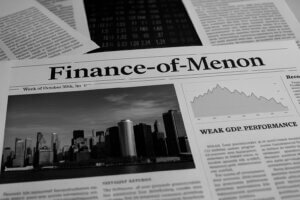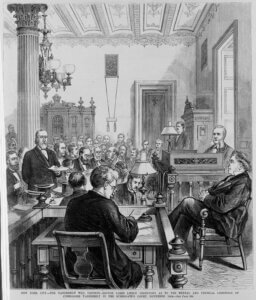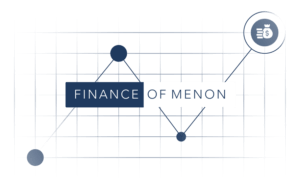What to Expect
The upcoming decision on whether the Fed will cut rates by 25 or 50 basis points has taken on heightened significance after last week’s unexpected CPI increase. This would be the most crucial rate decision impacting that would have a multi-fold impact on many parts of the economy.
Many analysts now expect a more cautious 25 bps rate cut, but this might be a mistake. The primary driver behind the inflation uptick is shelter costs, which stem from a systemic housing supply issue that interest rates alone can’t fix.
Higher borrowing costs have already caused a sharp decline in new housing construction, and as current projects are completed, the resulting slowdown in inventory will only push rents higher over the next 12 to 18 months.
It’s important to note the added pressure from undocumented immigration, as millions of new arrivals also need housing, further exacerbating supply shortages. This dynamic will likely persist regardless of what the Fed does with rates.
Historically, the Fed has often been reactive rather than proactive, and soft landings are rare—only once, in the mid-1990s, did they pull it off. The softening labor market and growing consumer stress, particularly among lower-income households, suggest that a stronger 50 bps cut might be necessary to avoid a harsher downturn.
The risk of over-tightening could cause unnecessary damage, and the Fed should act boldly to prevent an economic crash.
Disclaimer: Nothing here should be considered investment advice. All investments carry risks, including possible loss of principal and fluctuation in value. Finomenon Investments LLC cannot guarantee future financial results.






